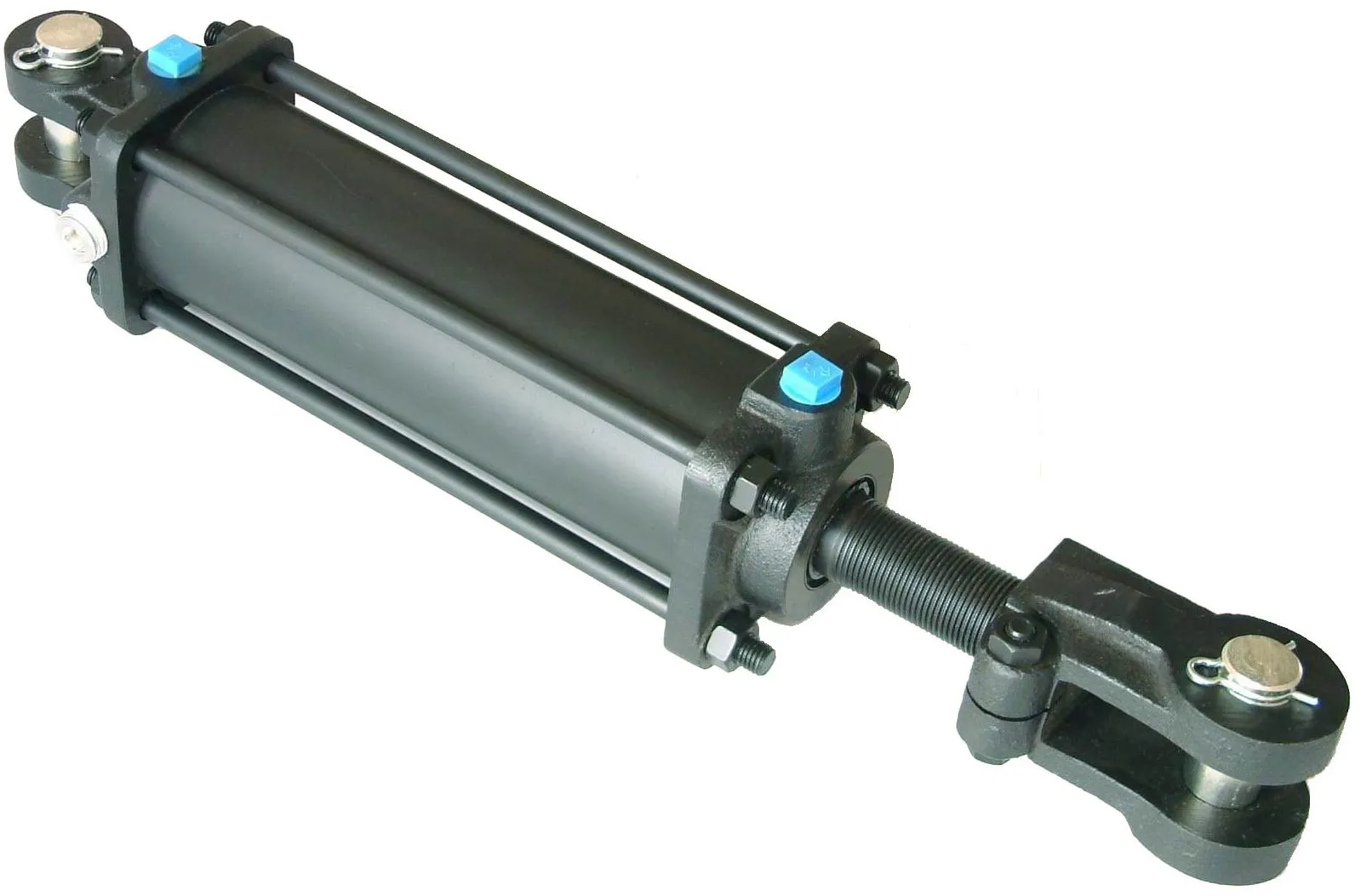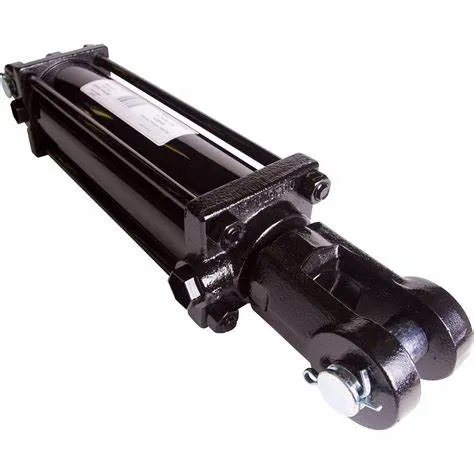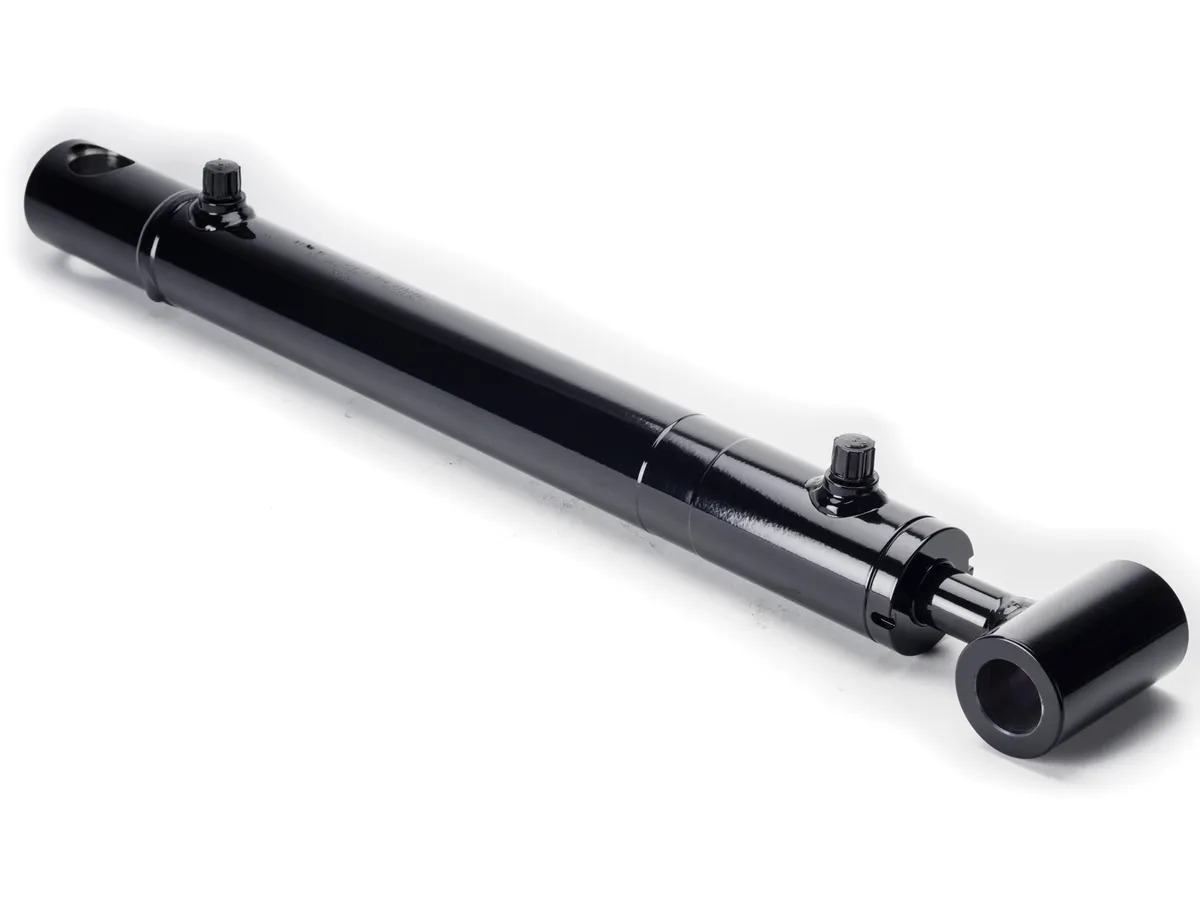
Exploring the Locking Single-Acting Hydraulic Cylinder in Automation Technology
Understanding the Locking Single-Acting Hydraulic Cylinder
The locking single-acting hydraulic cylinder operates under hydraulic pressure in one direction and features a locking mechanism to prevent movement in the absence of pressure. This unique design ensures safety and stability in various applications.
Design and Construction Characteristics
- Locking Mechanism – Safety: The key feature of this cylinder is its locking mechanism, which keeps the piston secure even when hydraulic pressure is lost, preventing accidental retractions.
- Variety: Customizable design options include spring-loaded locking devices, pin locks, and other mechanical locks tailored to specific needs.
- Compact Structure – Space Optimization: These cylinders are compactly designed for use in limited spaces, offering versatility for different machinery and equipment.
- Precision Manufacturing – High-Precision Machining: Components require precise machining to ensure optimal fit, sealing performance, and prevent leakage.
Working Principle of the Locking Single-Acting Hydraulic Cylinder

The cylinder extends and retracts based on hydraulic pressure, with the locking mechanism ensuring the piston remains stable even without pressure. This mechanism can be mechanical or hydraulic, providing reliability and safety in operation.
Types and Configurations
- Type 1: Spring-loaded locking devices.
- Type 2: Pin locks for secure positioning.
- Type 3: Customizable locking mechanisms based on application requirements.
Benefits of Locking Single-Acting Hydraulic Cylinder
- Enhanced Security: Prevents accidental retractions, ensuring operator safety.
- Reliability: Operates effectively under high loads and varying conditions.
- Simplicity: Easy to use and maintain, ideal for diverse applications.
Application Scenarios
- Construction Equipment: Used in cranes, hoists, and lifts for securing heavy loads.
- Manufacturing: Applications in presses for forming materials under high pressure.
- Transportation: Ensures safety in stabilizers and jacks for vehicles.
Design Considerations and Selection Criteria
- Bearing Capacity: Evaluate load-bearing capabilities for optimal performance.
- Sealing and Durability: Ensure seals are wear-resistant for long-term usage.
- Safety and Maintainability: Prioritize safety features and ease of maintenance.
Sealing and Lubrication
Utilize high-quality seals and lubricants to enhance wear resistance and maintain optimal performance. Regularly check and refill hydraulic oil for proper lubrication.
Regular Inspection and Maintenance
Implement preventive maintenance measures to prolong the lifespan of the cylinder, including regular inspections, seal replacements, and pressure testing to ensure functionality.
Correct Installation Guide
Adhere to proper installation procedures, ensuring alignment, secure mounting, and calibration for efficient operation. Follow manufacturer guidelines for best results.
Unit Power Optimization

Factors such as cylinder diameter, operating pressure, piston speed, and load conditions impact power output. Optimizing the power unit enhances efficiency, energy savings, and equipment reliability.
Safety Considerations and Environmental Factors
Implement safety measures to prevent accidents and minimize environmental impact. Prioritize safety protocols and eco-friendly practices for sustainable operation.
Fault Diagnosis and Troubleshooting
Identify common issues and provide solutions for effective troubleshooting. Address maintenance concerns promptly to prevent downtime and ensure operational efficiency.
Company Focus
As a leading hydraulic cylinder manufacturer, we offer a comprehensive product line and customized services for domestic and international markets. Our commitment to quality, professional expertise, and reliable after-sales support sets us apart in the industry.
